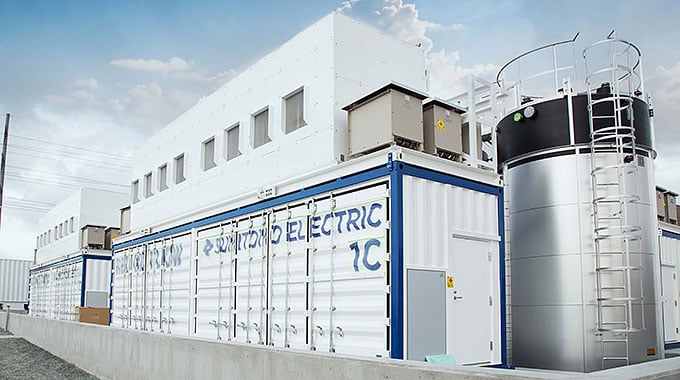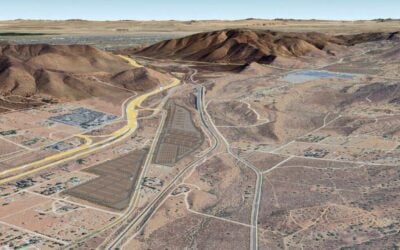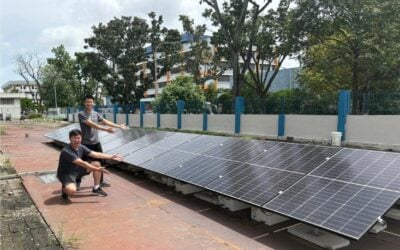
The US Department of Energy (DOE) established the Office of Clean Energy Demonstrations in late December, a new DOE office that will help deliver on President Joe Biden’s climate plans.
President Biden’s Bipartisan Infrastructure Law (aka the Infrastructure Investment and Jobs Act) provides more than US$20 billion to establish the Office of Clean Energy Demonstrations and support clean energy technology demonstration projects in areas including clean hydrogen, carbon capture, grid-scale energy storage, small modular reactors, and more.
Enjoy 12 months of exclusive analysis
- Regular insight and analysis of the industry’s biggest developments
- In-depth interviews with the industry’s leading figures
- Annual digital subscription to the PV Tech Power journal
- Discounts on Solar Media’s portfolio of events, in-person and virtual
Demonstration projects prove the effectiveness of innovative technologies in real-world conditions at scale in order to pave the way towards widespread adoption and deployment.
“Thanks to the investments Congress made in the Bipartisan Infrastructure Law, the Office of Clean Energy Demonstrations will move clean energy technologies out of the lab and into local and regional economies across the country, proving the value of technologies that can deliver for communities, businesses, and markets,” said secretary of energy Jennifer Granholm.
“This new office will hire the best and brightest talent to invest in cutting edge clean energy projects, and DOE is calling on anyone dedicated to addressing the climate crisis to roll up their sleeves and join us.”
This investment is part of the US$62 billion in the Bipartisan Infrastructure Law that will “supercharge DOE’s work on clean energy demonstrations to deliver cutting edge clean technologies to communities and businesses across the country”, the DOE said.
“These demonstrations will fund projects totalling hundreds of millions or multiple billions of dollars in scale and will unlock massive follow-on investment from the private sector to deploy these technologies,” said the DOE.
This story first appeared on PV Tech.






